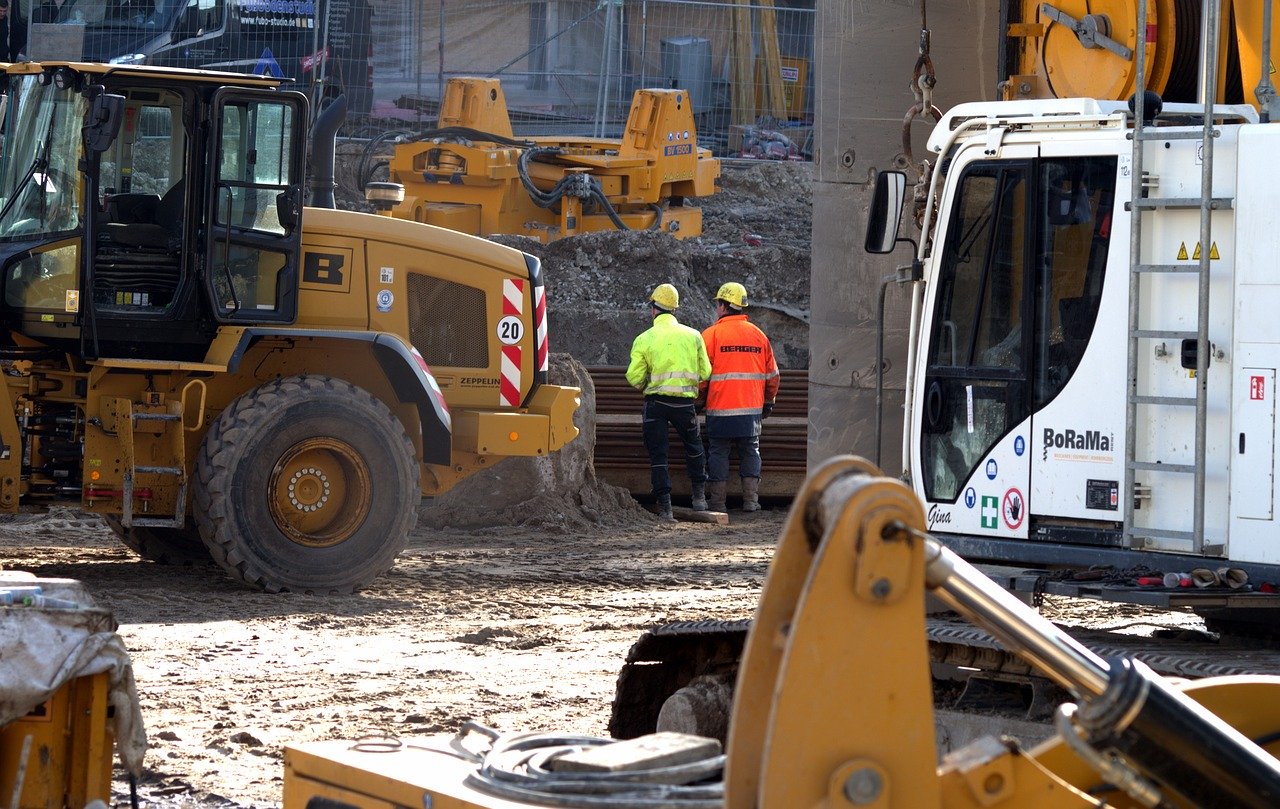I was fitting out a couple of new-build office blocks to take 650 staff each for an International finance company that was moving out of their several existing premises into a single location. Their people started moving in before we had finished, and I noticed that they seemed to have some problems with their staff at all levels, from the lowest clerk to senior management.
The simplest complaint, that I easily understood, was from a gentleman. He complained that, for 30 years, he had ridden to work on a bike which he chained to a lamp post just outside the office door. Now it was a long up-hill haul and he had to take two buses to work. Five minutes had become ¾ of an hour and it cost him money.
The next was a bit more complicated but led me towards the Organisational Development idea. A lady with a bad back suffered because she was getting cold air on it from the A-C unit. She had to move out into another work-group to get away from it. She had to learn a new work routine and someone else had to learn her old one. After that, I started to think more deeply about this.
A company gets the idea to become a construction client, be it new build or just a refurbishment.
They have a Project Champion, the Director responsible for over-seeing the whole thing, and he appoints one of their own as the client’s Project Manager.
After that, they start discussing what they want from their construction project, and this is where things start getting complicated for them!
They are basically starting to build their Construction Client Brief, but, each manager will have their own ideas about exactly where, and how big, they think their office area should be. Each will have opinions as to how this is an opportunity for them to get more staff in their department. Trouble here is that if one gets more, another gets fewer people and their internal hierarchy changes!
Top dogs can suddenly become under dogs!
Vested interest of their employees starts emerging as an additional complication! This political in-fighting can be very detrimental to the staff morale of the whole company. Then it gets worse for them – they start to move!
Their Project Manager has spent their working life in operational management, not project management, the management of change. They just don’t think like us and I’ve had more than one PM’s in tears because they were so out of their depth! This usually means that moving in for the clients’ staff becomes a chaotic nightmare! It can generally take weeks, even months, for things to settle down again and for staff to feel comfortable in their new work place and for corporate morale to go back up.
Sometimes it doesn’t even happen until there has been a high staff turnover!
As the move-in started, I was looked at with hatred in peoples’ eyes.
They saw me, an innocent builder trying to make a living, as the cause of all their turmoil and upheaval.
Their Project Champion, and American who had obviously been there before, saw it differently. He approached me and asked that I kind of keep an eye on what was going on and stick my nose in wherever I saw fit. The employees, at all levels, saw me on first-name terms with this almighty being, and began to treat me differently. A few little suggestions and their furniture installation people had sensible orders of work given to them by previously clueless managers. Increasingly their people began to come to me with their problems asking for advise – and so it went on until we cleared off site.
Now us lot, we’re used to setting up in new places and getting people, usually strangers, working happily together. Remember my piece about tea and fag breaks!
Operational managers in other areas of economic activity simply aren’t. This particular project was one I was proud of because the interior design was by a world-class expert and it looked good! Three weeks after we moved out, I was passing fairly close by, so did a detour to admire our work and think how clever we are. I was a stranger to their Security people so they were a bit offish until one of their managers came out and gave me a hug. She led me round and showed me how they were getting on. Everywhere I went their staff were happy, smiling and chatty.
Now us builders, we can usually “sniff out” site morale in a few seconds;
seems we can do that in offices, too. Their staff were settled and delighted with their new premises. Speaking with some of their managers, even ones whose status had been lowered by the move, they were all delighted by the way things had worked out.
This just because a builder had stuck his nose in and made a few sensible suggestions!
That was kind of my first interest in the Organisational Development of Construction Clients. After that I got more interested and began to learn. What has become apparent is that the more internal discussion there is before the design of the project is finalised, the better the corporate outcome.
Negotiations have taken place and some level of compromise and agreement has been reached; people have adjusted to the idea of the changes there will be in their working lives. Where these decisions have just been made at high level, without input from everyone, the resulting effects of the changes imposed on their organisations and its morale can be disastrous! I haven’t any personal experience of it, but I believe it has even driven some businesses to bankruptcy!
The other conclusion I came to is that our clients should be paying us “bl**dy builders” a lot more to manage their change for them!
Incidentally, the Americans view us lot very differently to the British. To them we are the amazing ones who created their whole infrastructure for them, not the ones who rip them off and wreck their houses!




